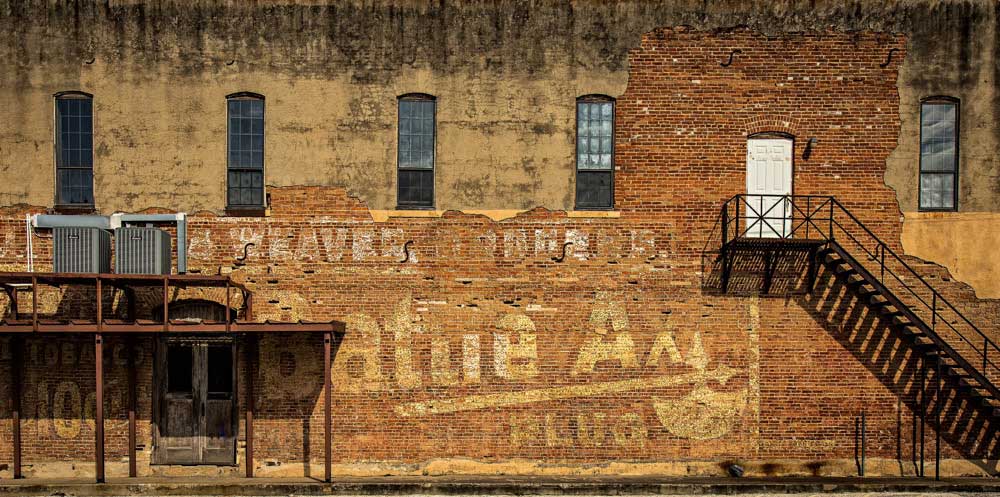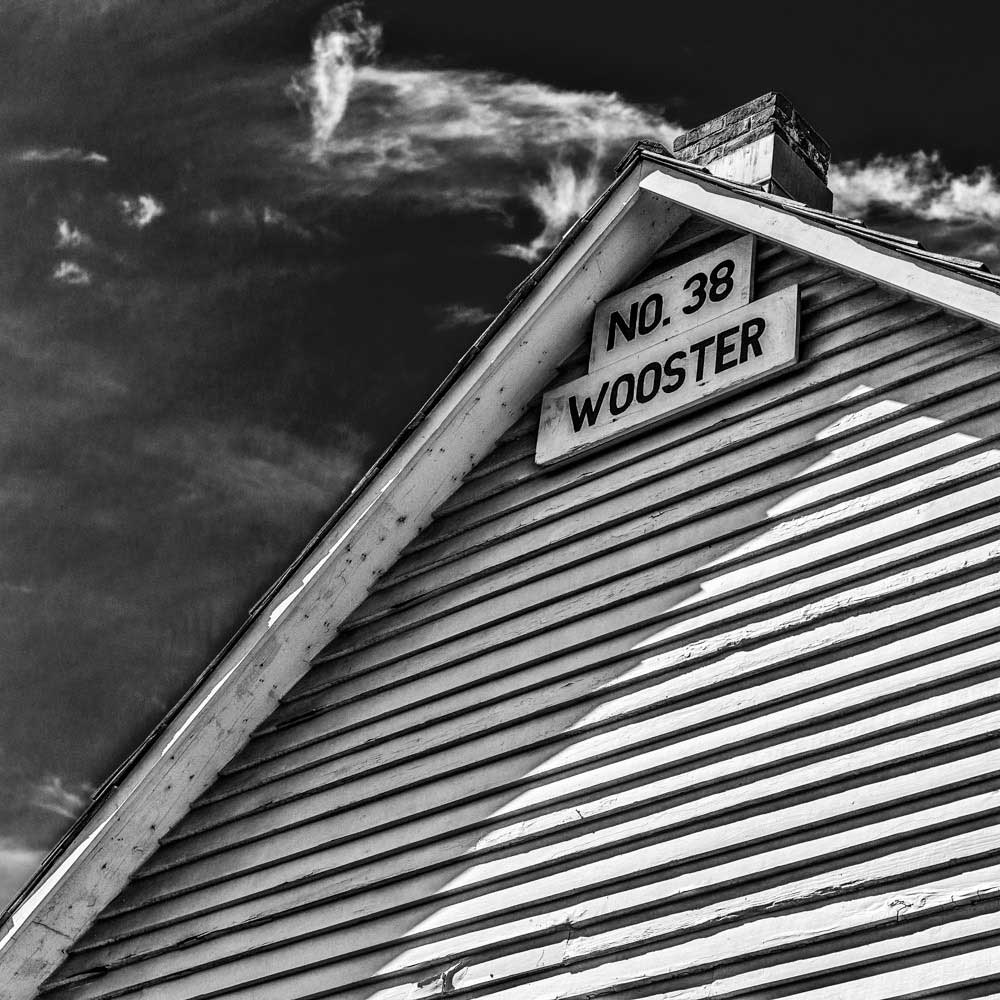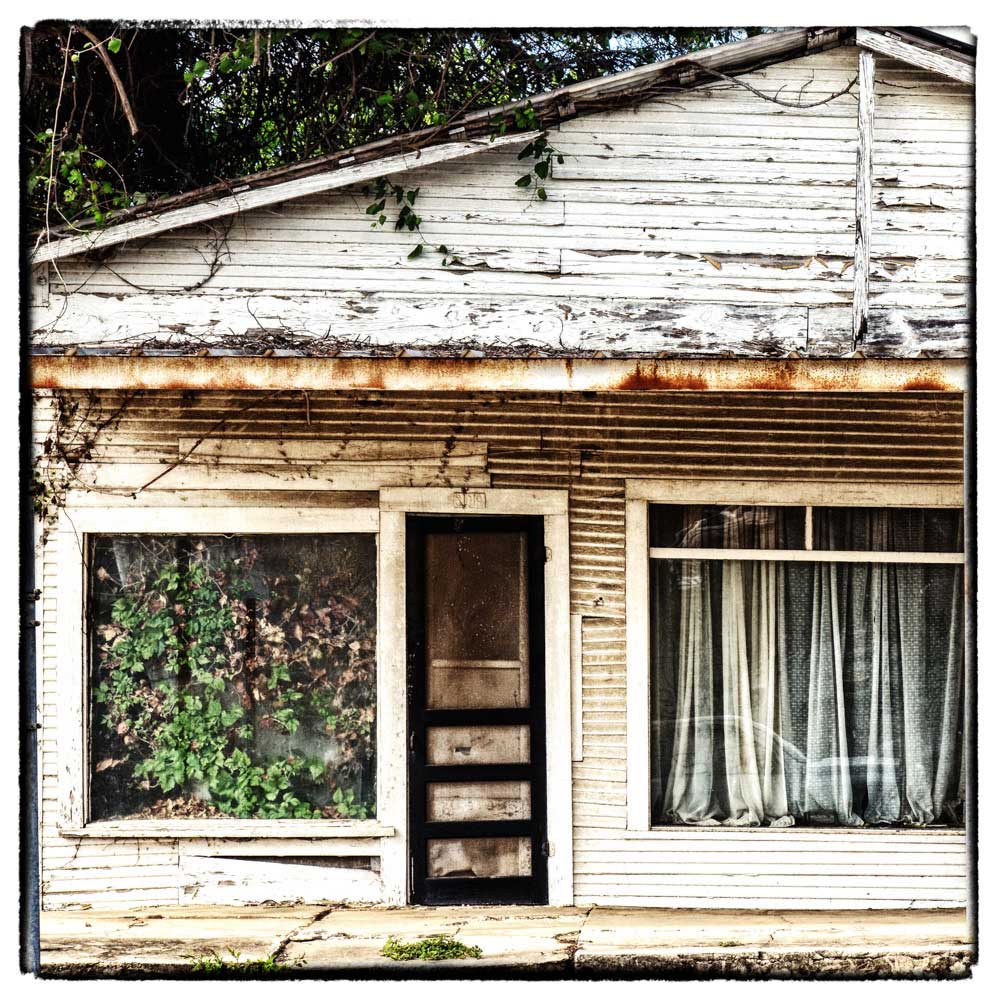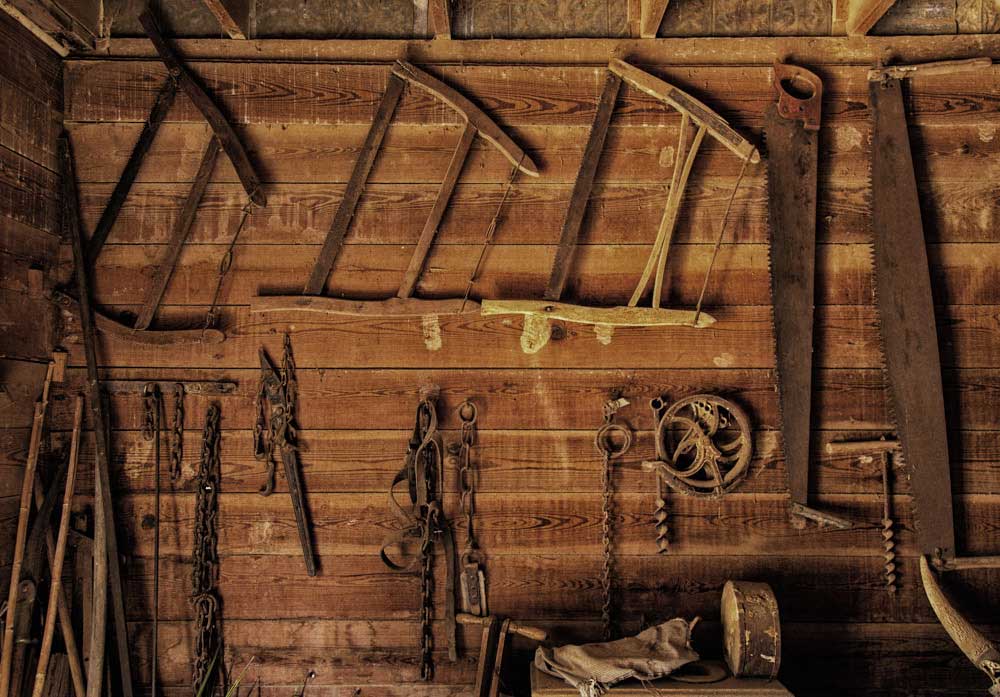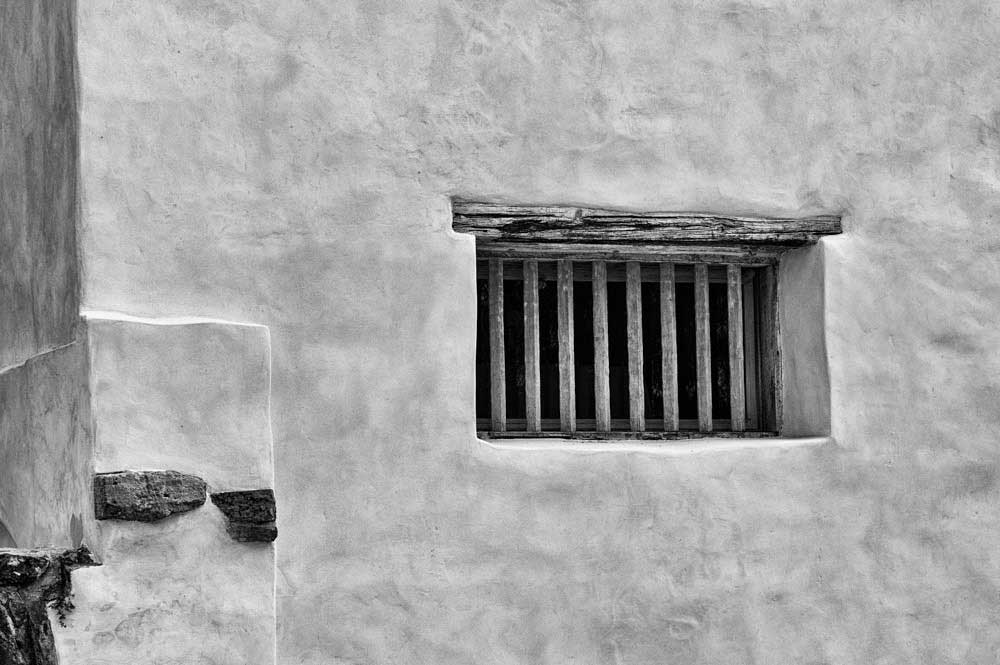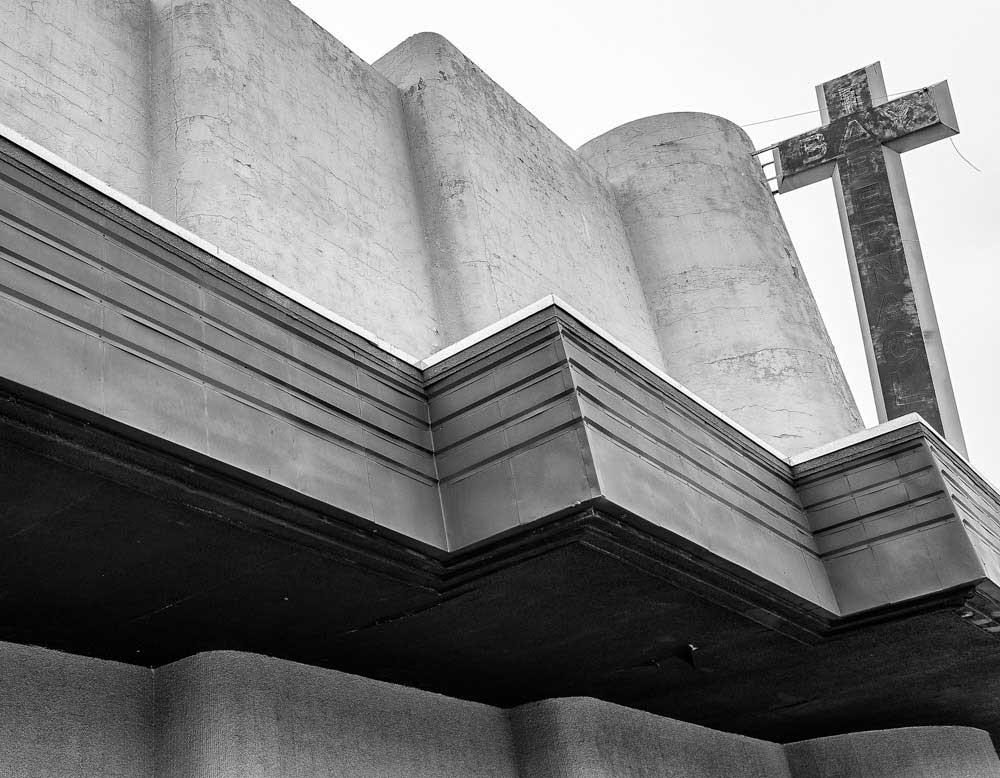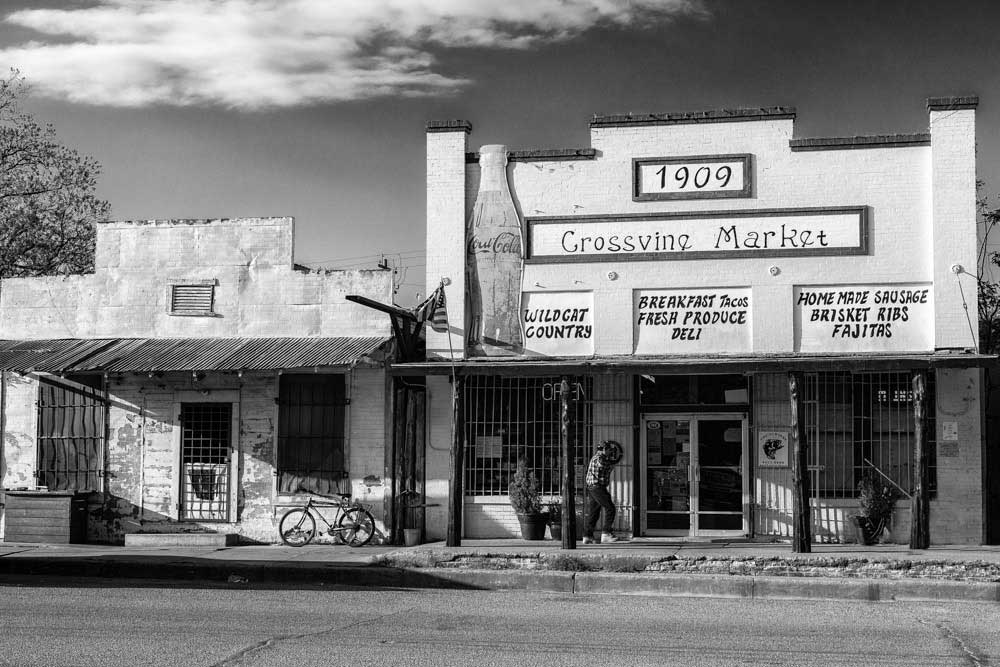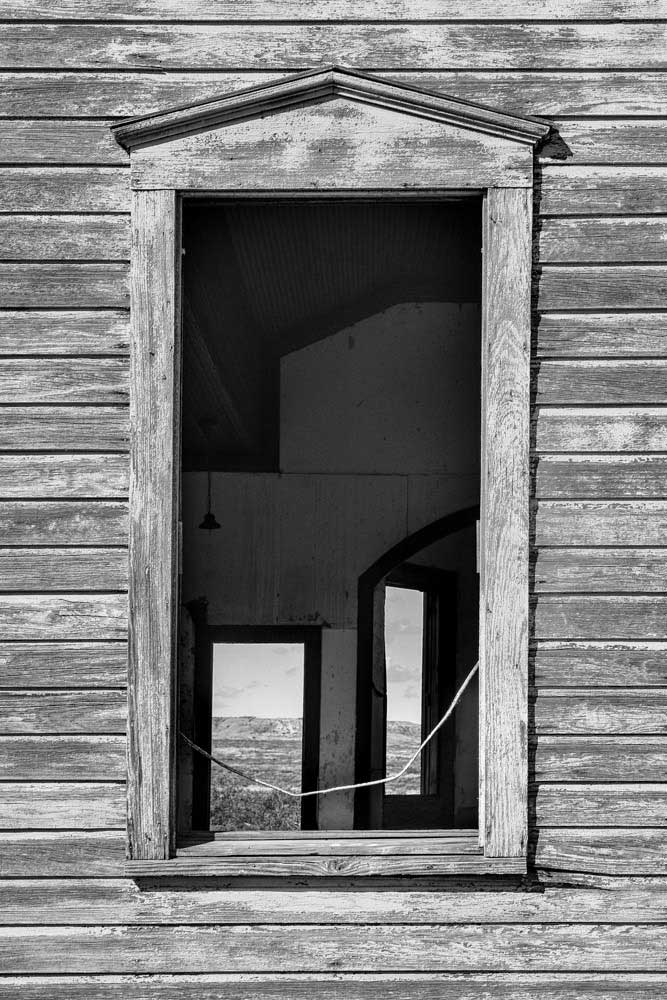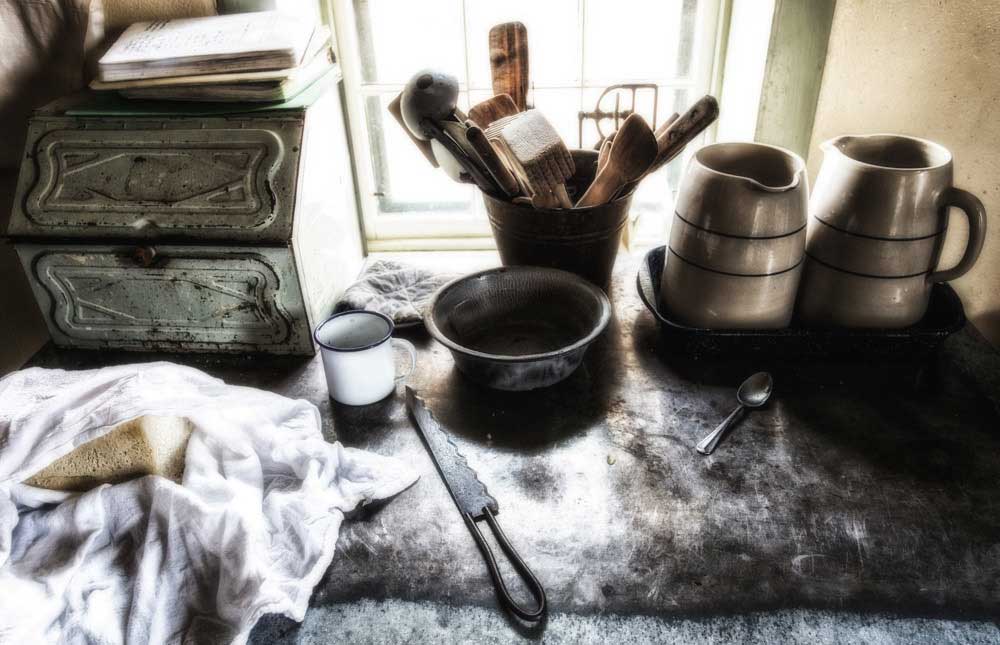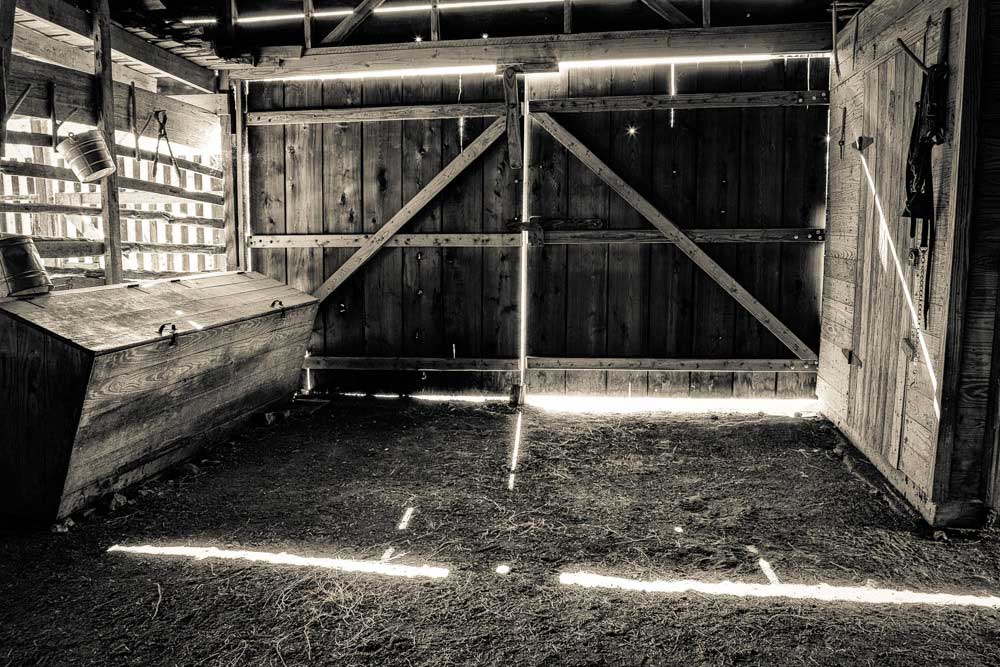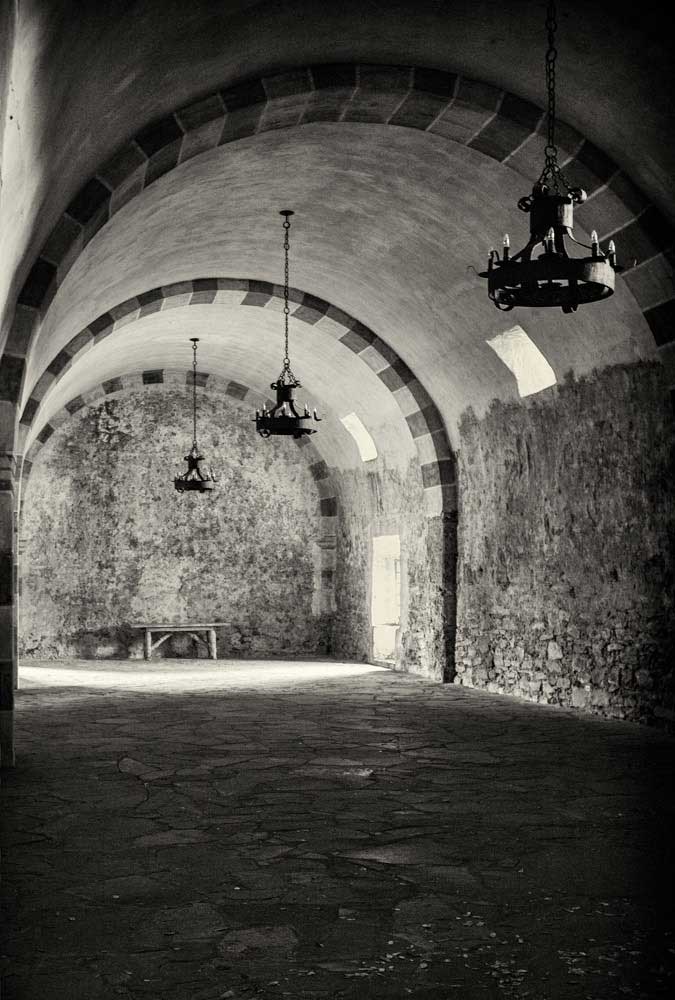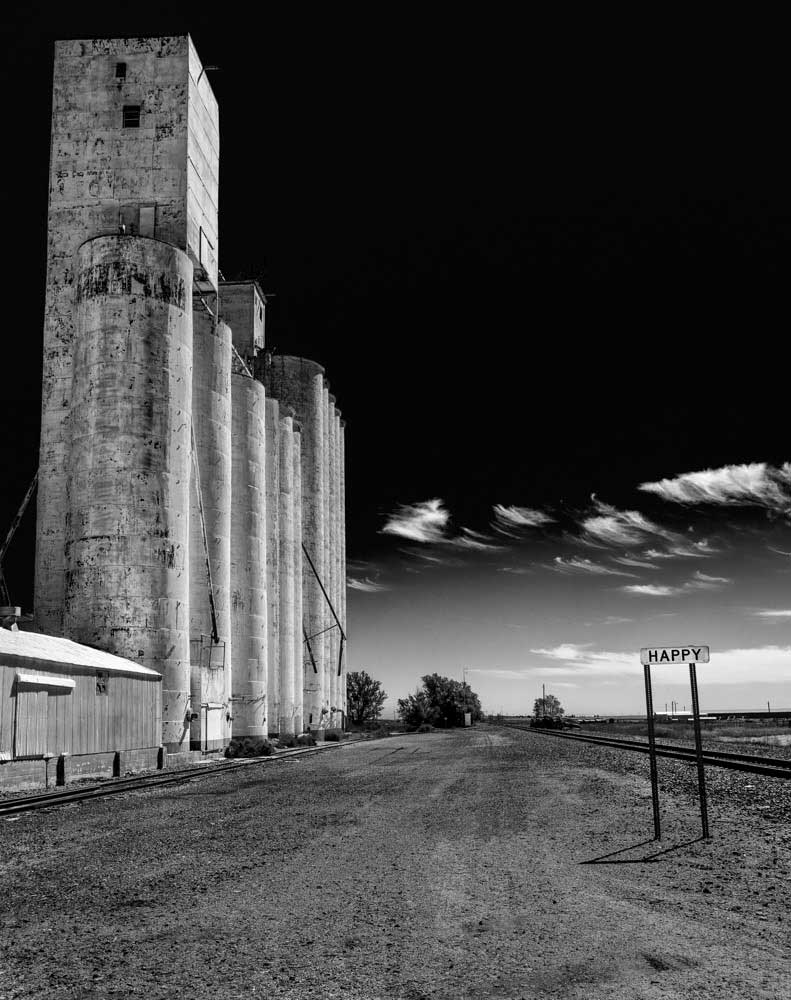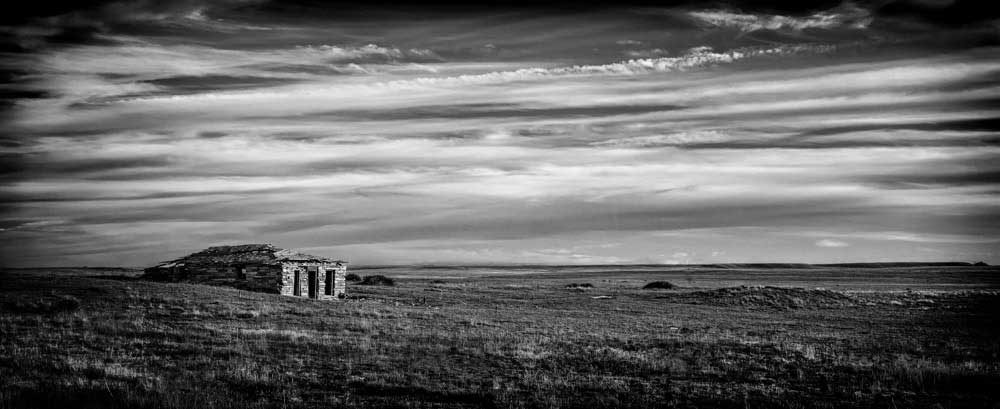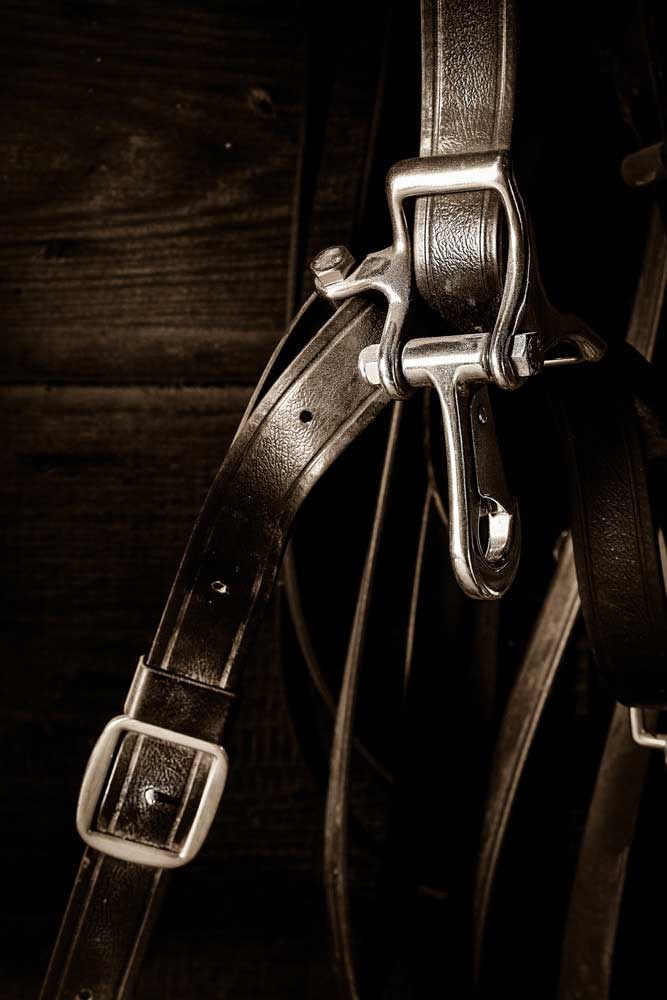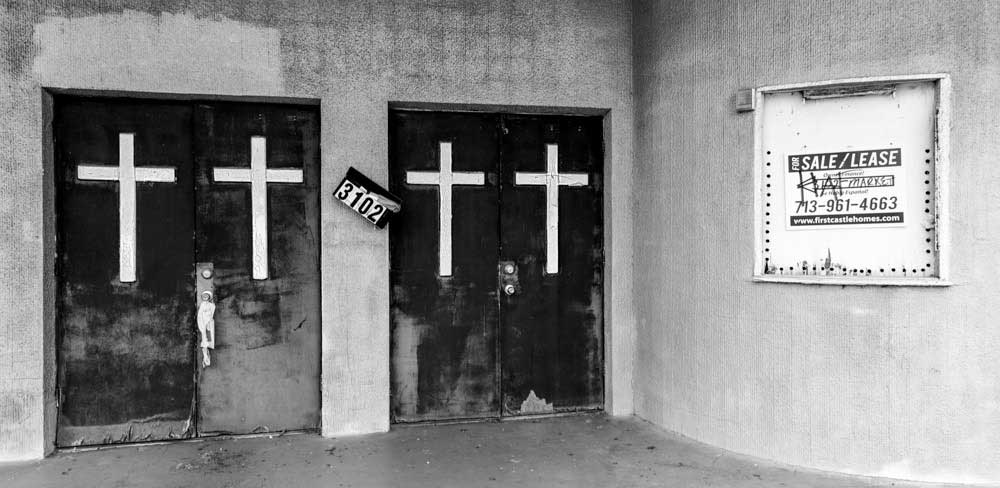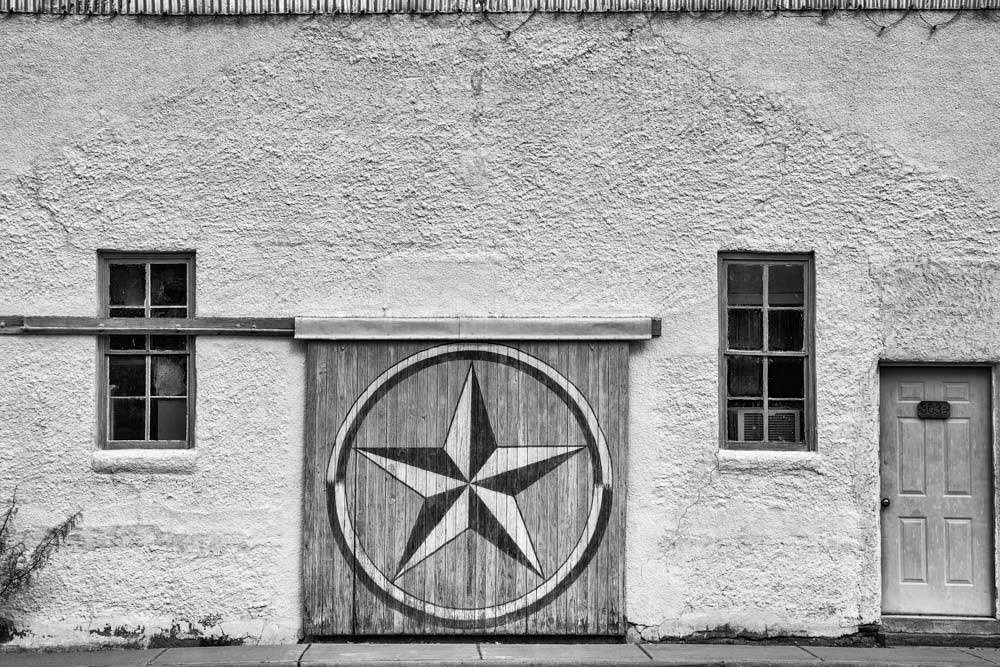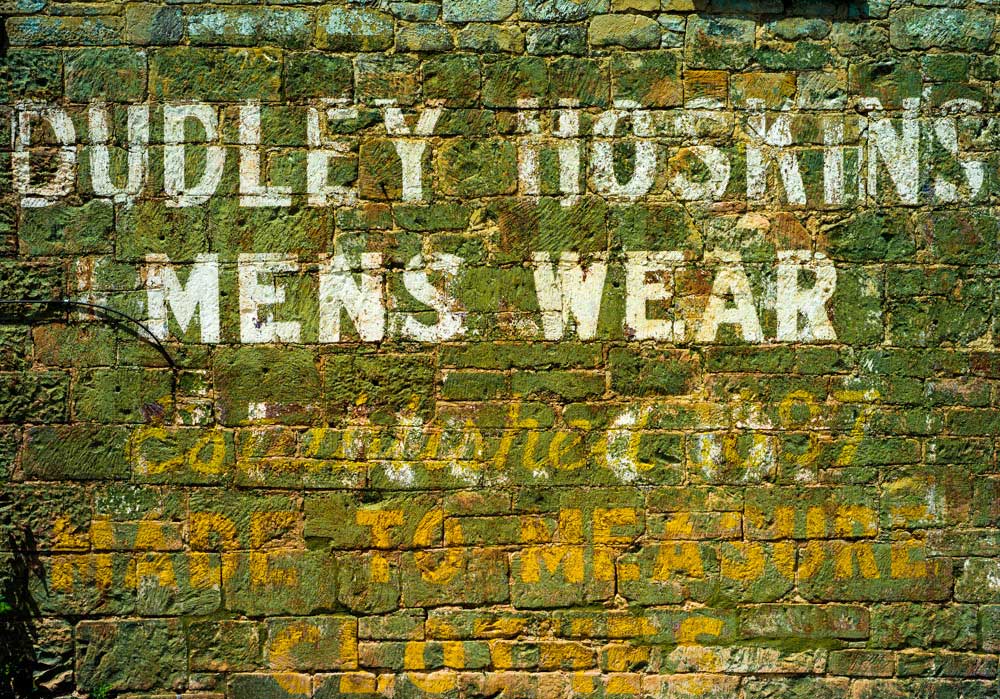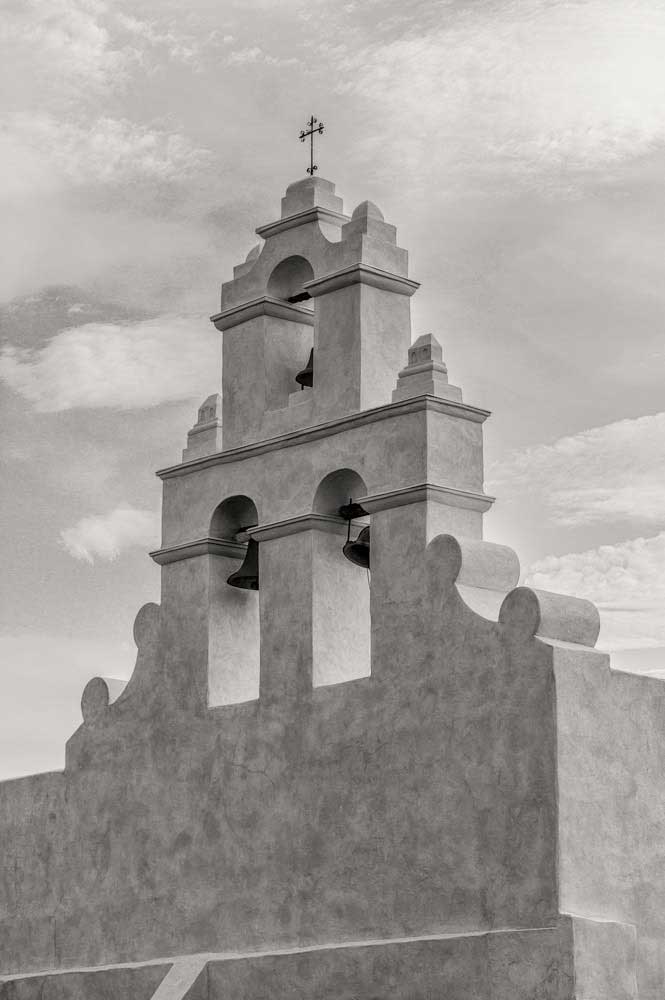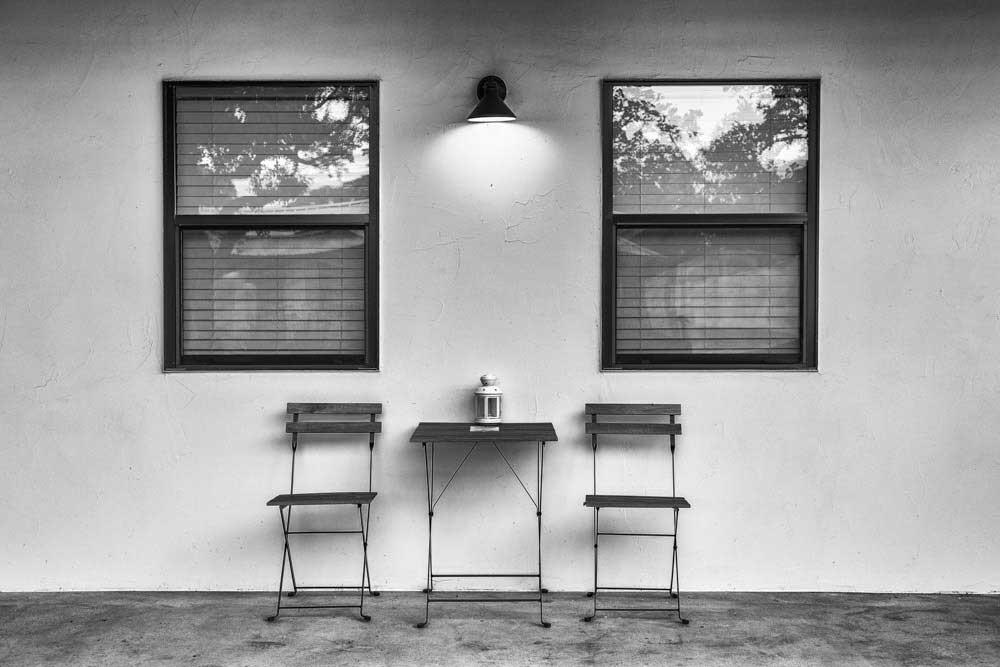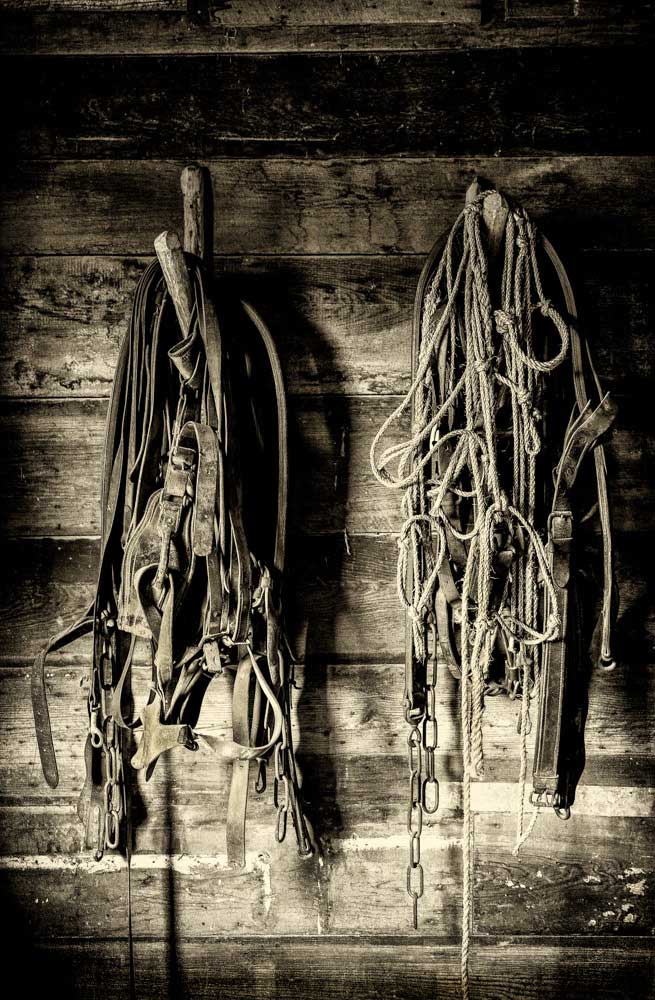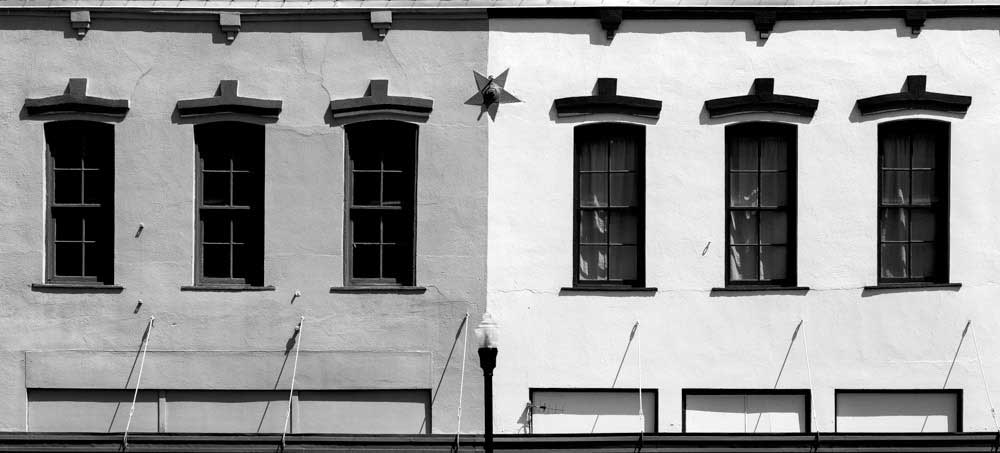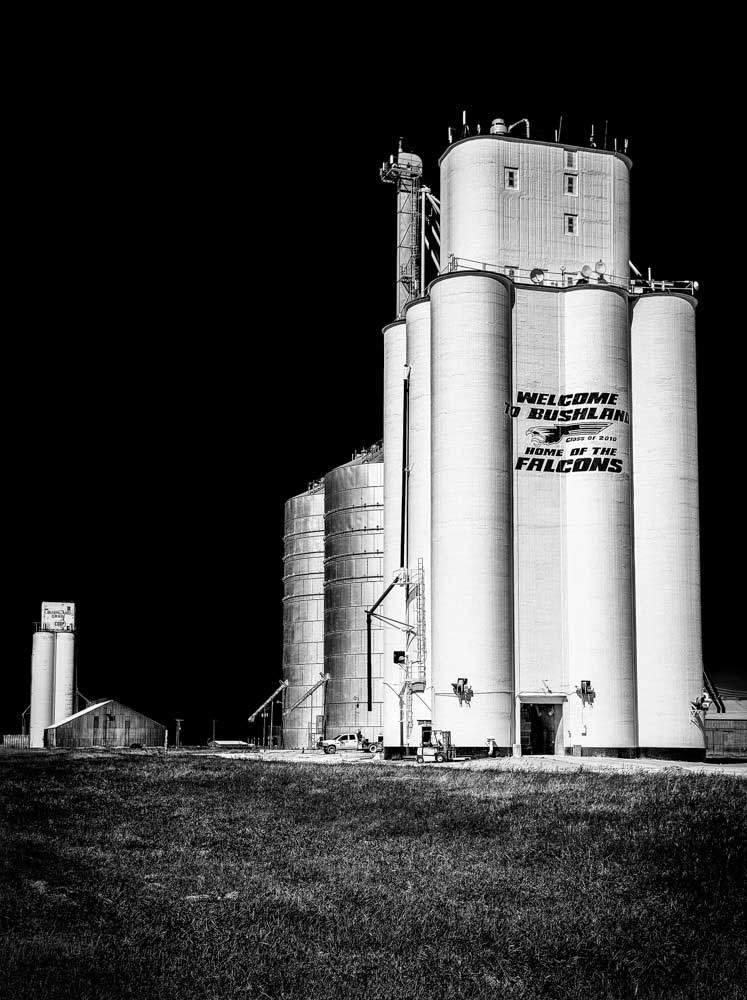Relic [rel-ik]: noun;
1. a surviving memorial of something past.
2. an object having interest by reason of its age or its association with the past.
3. a surviving trace of something.
4. something kept in remembrance; souvenir; memento
This definition forms the foundation of the photography series Texas Relics by Steve Knight. The photos attempt to represent his interpretation of this definition through the following criteria: preserved history; a stasis that has resulted in decline; a rejuvenation of things once lost.
The photographs generally focus on two highways that run the length and breadth of the state; the 608 mile (978km) long US 90 running east to west across two thirds of the state, and the 660 mile (1,062km) long US 87 running north to south from the New Mexico border to the Gulf of Mexico with their crossroads in San Antonio. These two roads trace the history of the state from the Old Spanish Trail of the 17th century and southern transcontinental railroad route of the late 19th along US Highway 90 to the cattle, cotton, and corn towns of rural West Texas along US Highway 87. Upheavals in demographics, economics, transportation and climate have left many of these towns shells of their former glory. Others have pulled in artists from around the country or taken advantage of the natural wonders near their location to reinvent themselves as art and tourist centers. Whether living in the past or looking to the future, all express the resilience and grit Texans are noted for. [Official Website]
About Steve Knight
Steve Knight became interested in photography 45 years ago after attending a college screening of the 1949 movie The Third Man. Taken with the imagery, Steve sat through it twice and to this day cannot tell you what the film was about. He couldn’t listen, only watch. This experience resulted in photography classes and so the photographic journey began. After college, Steve did some commercial work as an adjunct to his full-time job but within a few years the reality of work and family pushed photography back into the closet. Purchasing a digital camera for a business trip to the UK shortly before retirement rekindled the artistic interests. Upon finishing his career as a risk consultant 5 years ago Steve returned to photography after years of neglect and was amazed at the versatility of the DSLR compared to film. The application of digital processing came next. Then that old passion returned, that sense of moving from just taking pictures to creating photographs. Last year he began answering Call for Entry notices for various exhibitions in both the US and Europe. The results have so far been both a learning experience and a gratifying one
